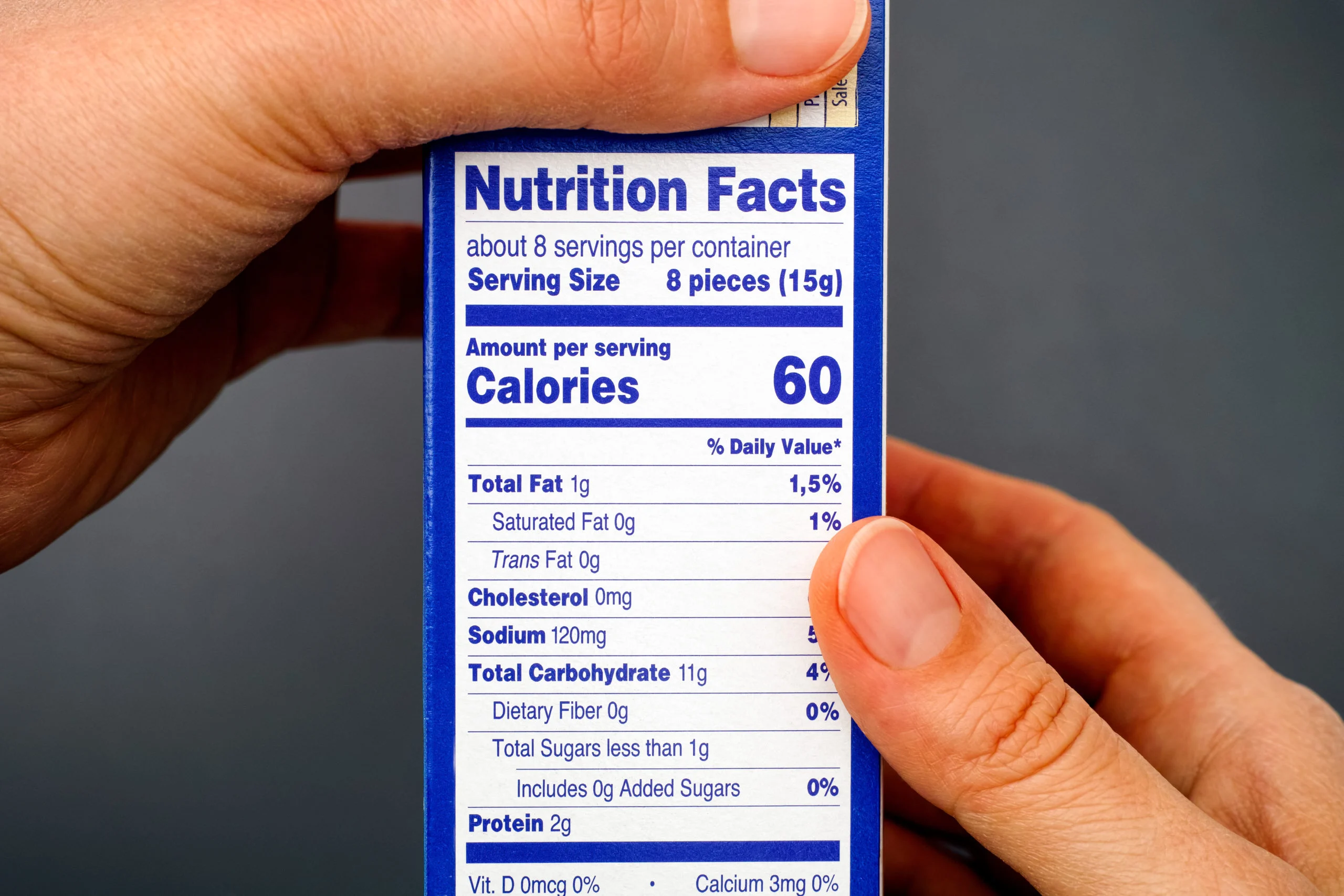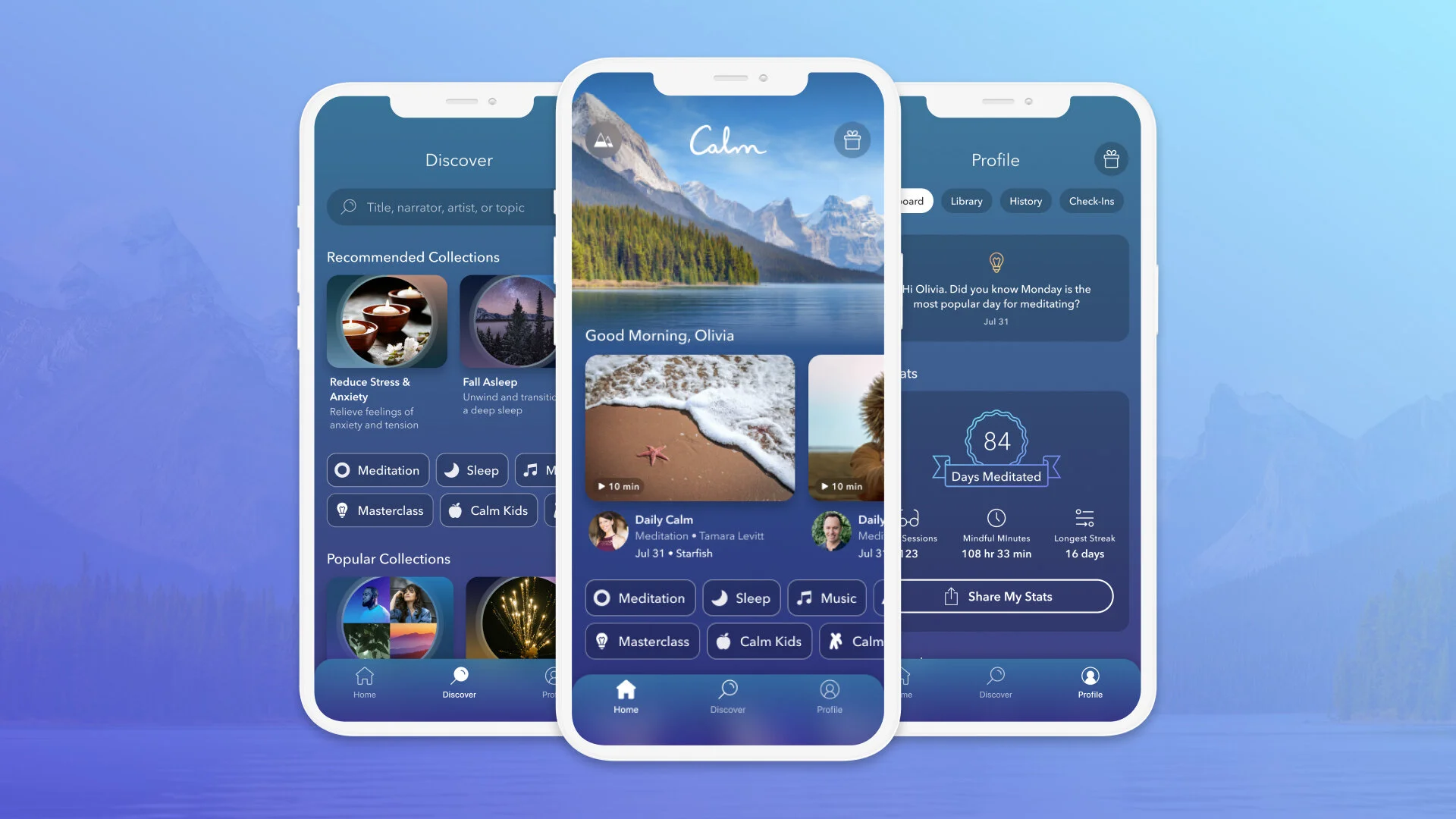Anxiety is a normal human response — but when it starts to interfere with sleep, work, or relationships, you deserve practical tools that work. If you prefer to manage anxiety without medication (or want complementary strategies), this article gives you ten evidence-based, actionable approaches. Each method includes a plain-English explanation, step-by-step practice tips, how long it usually takes to feel benefits, and a short note on the scientific support behind it.
Why non-medication strategies work (brief science)
Many non-pharmacological approaches change the body’s stress response (heart rate, breathing, cortisol) and/or change thought and behavior patterns that keep anxiety running on repeat. Cognitive-behavioral therapy (CBT) targets thinking and habits; mindfulness and breathing change attention and the nervous system; exercise alters inflammation, neurotransmitters, and self-efficacy. Large reviews and meta-analyses repeatedly show meaningful reductions in anxiety symptoms from CBT, mindfulness programs, and regular physical activity. PMC+2PubMed+2
The 10 methods (listicle) — what to do, how to start, and why it helps
1. Cognitive-Behavioral Techniques (CBT tools you can use today)
What it is: CBT helps you identify unhelpful thinking patterns and change behaviors that maintain anxiety.
How to start (3 steps):
- Identify a worry: Write it down (e.g., “I’ll fail my presentation”).
- Test the thought: Ask — “What evidence supports this?” and “What evidence contradicts it?”
- Make a balanced thought: Replace catastrophic thinking with realistic alternatives (e.g., “I may be nervous, but I’ve prepared and can handle questions”).
How long to see change: 4–12 weeks with regular practice; many report early relief from behavioral experiments.
Evidence: Meta-analyses show strong support for CBT’s effectiveness in treating anxiety disorders. PMC+1
2. Structured Breathing Exercises (fast physiological relief)
What it is: Deliberate breath patterns (diaphragmatic breathing, cyclic sighing, 4-7-8) that calm the autonomic nervous system.
How to start (one simple technique—cyclic sighing):
- Sit comfortably. Inhale slowly through the nose for 3–4 seconds, pause 1 second, then exhale long and slow through the mouth for 6–8 seconds. Repeat for 3–5 minutes.
How long to see change: Immediate drop in heart rate and subjective anxiety after 3–5 minutes for many people. Daily practice strengthens the effect.
Evidence: Stanford Medicine research shows brief daily breathing exercises reduce overall anxiety and improve mood. Stanford Medicine
3. Mindfulness & Meditation (training attention, reducing reactivity)
What it is: Practice of paying nonjudgmental attention to the present moment (breath, body, sensations).
How to start (10-minute daily practice):
- Sit quietly, focus on breath, when the mind wanders gently return. Use guided meditations if you’re new.
How long to see change: Small benefits in weeks; more consistent programs (8 weeks) show moderate reductions in anxiety.
Evidence: Systematic reviews and JAMA-linked analyses show mindfulness programs produce small-to-moderate reductions in anxiety and stress. PubMed+1
4. Regular Physical Activity (a powerful, dose-flexible tool)
What it is: Aerobic exercise, resistance training, or even brisk walking that raises heart rate regularly.
How to start (practical plan):
- Aim for 30 minutes of moderate activity (fast walk, bike, jog) 3–5 times per week. Start with 10–15 minute sessions if needed and build up.
How long to see change: Improvements often appear within 2–6 weeks, depending on frequency and intensity.
Evidence: Reviews in major journals show exercise reduces anxiety symptoms across populations; both aerobic and resistance training have anxiolytic effects. PMC+1
5. Progressive Muscle Relaxation (PMR) — tension to calm
What it is: Systematically tensing then relaxing muscle groups to break the tension–anxiety cycle.
How to start (10–15 minutes):
- In a quiet spot: tense a group (e.g., fists) for 5–8 seconds, then release and notice relaxation. Move up the body (arms → shoulders → face → chest → legs).
How long to see change: Immediate relaxation after a session; repeated practice increases baseline calm.
Evidence: Recent reviews and trials find PMR reduces stress and anxiety, especially when combined with other techniques. PMC+1
6. Sleep Hygiene (fix the foundation)
What it is: Consistent sleep schedule, limiting screens before bed, cool dark bedroom, and a wind-down routine.
How to start (three rules):
- Go to bed and wake up at the same time daily. Avoid caffeine after mid-afternoon. Turn off screens 60 minutes before bed.
How long to see change: Sleep improvements can begin in days to weeks; anxiety often drops as sleep regularizes.
Why it helps: Poor sleep increases threat sensitivity and rumination—fixing sleep reduces physiological and cognitive drivers of anxiety. (Supported broadly in sleep and psychiatry literature.)
7. Behavioral Activation & Routine Building
What it is: Scheduling small, rewarding activities to counter avoidance and low mood that fuel anxiety.
How to start (micro-steps):
- Each day schedule one “must do” (e.g., 10-minute walk, call a friend) and one “nice to have” (read 15 minutes). Track completion.
How long to see change: A few days to weeks; momentum builds self-efficacy and reduces anxiety-triggering avoidance.
Evidence: Behavioral activation—an element of CBT—has strong empirical support for anxiety and depression outcomes. PMC
8. Limit Stimulants & Stabilize Blood Sugar
What it is: Reducing caffeine, high-sugar spikes, and heavy alcohol use that worsen anxiety symptoms.
How to start (practical swaps):
- Replace late-day coffee with herbal tea; avoid energy drinks; include protein + fiber with meals to steady blood sugar.
How long to see change: Effects can be felt within hours to days for some people (less jitteriness), and within weeks for consistent changes.
Why it helps: Stimulants heighten sympathetic arousal; stable blood sugar reduces panic-like sensations.
9. Social Support and Structured Talk (not therapy, but powerful)
What it is: Regular contact with supportive friends, family, support groups, or structured peer programs.
How to start (small, safe steps):
- Schedule a weekly check-in with a trusted person. Join a local or online anxiety support group. Use “I’m feeling anxious about X” statements to open up.
How long to see change: Emotional relief often immediate; longer-term sense of belonging reduces chronic worry.
Evidence: Social connection is consistently linked to better mental health and lower anxiety in epidemiological studies and intervention research.
10. Skillful Journaling & Exposure Exercises
What it is: Two separate but complementary practices:
- Journaling helps externalize worries and spot patterns (worry time, gratitude lists).
- Exposure (gradual confronting of feared situations) reduces avoidance and fear over time.
How to start (simple templates): - Worry journal: 10 minutes each evening — list worries, note evidence for/against, note outcomes.
- Exposure ladder: Pick a feared situation. Break into small steps from least to most scary; practice step 1 repeatedly until anxiety drops 30–50%.
How long to see change: Journaling often helps in days/weeks; exposure requires repeated practice over weeks to months.
Evidence: Exposure is an evidence-based element of CBT for anxiety disorders; journaling reduces rumination and organizes thoughts. PMC
Comparative table — pick what fits you
| Technique | Time per session | Ease of starting | Evidence strength* | Best for |
|---|---|---|---|---|
| CBT tools (self-help) | 10–30 min/day | Moderate | High. Meta-analyses support effectiveness. PMC | Worry, panic, generalized anxiety |
| Breathing (cyclic sighing) | 3–10 min | Very easy | Moderate — rapid physiological effects. Stanford Medicine | Acute anxiety, panic |
| Mindfulness meditation | 10–20 min/day | Easy (guided helps) | Moderate. Systematic reviews show benefit. PubMed | Chronic worry, stress |
| Exercise (aerobic/resistance) | 20–45 min, 3–5×/wk | Moderate | High — repeated trials/meta-analyses. PMC+1 | Overall anxiety, mood |
| Progressive Muscle Relaxation | 10–20 min | Easy | Moderate — solid RCTs & reviews. PMC+1 | Tension, insomnia |
| Sleep hygiene | Nightly routine | Easy | Indirect but strong clinical consensus | Sleep-related anxiety |
| Behavioral activation | 10–30 min/day | Easy | Strong within CBT framework. PMC | Avoidance, low mood |
| Stimulant reduction | N/A | Very easy | Clinical/physiological rationale | Panic-like symptoms |
| Social support | Weekly sessions | Moderate | Observational & intervention support | Loneliness, chronic worry |
| Journaling & exposure | 10–30 min | Moderate | Exposure: strong; journaling: supportive | Specific fears, rumination |
*Evidence strength based on meta-analyses, reviews, and clinical consensus summarized from sources cited.
How to combine these strategies (practical plan)
- Begin with immediate relief: Use breathing (3–5 minutes) when anxiety spikes. (Technique 2) Stanford Medicine
- Daily foundation: 10 minutes mindfulness + 20–30 minutes of movement (walk, resistance) most days. (Techniques 3 & 4) PubMed+1
- Skill practice: 2–3 CBT worksheets per week + one PMR session at night. (Techniques 1 & 5) PMC+1
- Lifestyle supports: Sleep routine, reduce late caffeine, connect socially. (Techniques 6, 8, 9)
- Targeted work: If you avoid specific situations, build a graded exposure ladder and practice stepwise. (Technique 10) PMC
Practical scripts and small tools you can paste into your blog
Quick breathing script (3 minutes)
- “Sit tall. Breathe in for 4 seconds through your nose, pause 1 second, exhale slowly for 6 seconds through your mouth. Repeat for 3 minutes. If your mind wanders, gently return to the count.”
CBT thought record (one-line version)
- Situation: ______
- Automatic thought: ______
- Evidence for: ______
- Evidence against: ______
- Balanced thought: ______
Exposure ladder example (social anxiety)
- Text a friend → Call a friend → Attend a 10-person meetup → Volunteer to ask a question at a meetup → Give a short toast at a small gathering.
Science snippets you can quote (short, blog-friendly)
- Mindfulness: Randomized trials and systematic reviews find that mindfulness and meditation programs produce small-to-moderate reductions in anxiety. PubMed+1
- CBT: Cognitive-behavioral therapy has the strongest evidence base among psychotherapies for anxiety disorders across ages. PMC+1
- Breathing: Stanford Medicine showed that daily breathing practice (cyclic sighing) for minutes a day reduced anxiety and improved mood in research participants. Stanford Medicine
- Exercise: Reviews of the literature indicate that regular physical activity lowers anxiety symptoms and can be as effective as standard treatments for some people. PMC+1
- Progressive muscle relaxation: Recent systematic reviews show PMR reduces anxiety and stress, especially when combined with other approaches. PMC+1
FAQs
Q: Can anxiety be fully managed without medications?
A: Many people reduce or manage anxiety without medication using evidence-based methods (CBT, mindfulness, exercise, sleep hygiene). For moderate to severe clinical anxiety or panic disorders, medications can be helpful—discuss options with a clinician. The strategies above are often effective alone or as complements to professional care. PMC+1
Q: What’s the fastest way to calm an anxiety attack?
A: Use a brief breathing technique (paced breathing or cyclic sighing) for 3–5 minutes; grounding (5 things you can see/hear/touch) plus diaphragmatic breathing often helps quickly. Stanford Medicine
Q: How long before therapies like CBT or mindfulness start working?
A: Many people notice small improvements in weeks; structured CBT programs and 8-week mindfulness courses show moderate improvements by program end. Regular practice accelerates gains. PubMed+1
Q: Are there apps that can help?
A: Yes—breathing apps, guided mindfulness apps, and CBT self-help apps can be useful tools. Apps are best used alongside consistent practice and, when needed, guidance from a trained clinician.
Q: I’ve tried these and still struggle — now what?
A: If anxiety remains intense, frequent, or is interfering with daily life (work, relationships, sleep), consult a licensed mental health professional. They can assess for an anxiety disorder and discuss therapy (CBT, exposure therapy), other evidence-based treatments, or a medication trial if appropriate.



